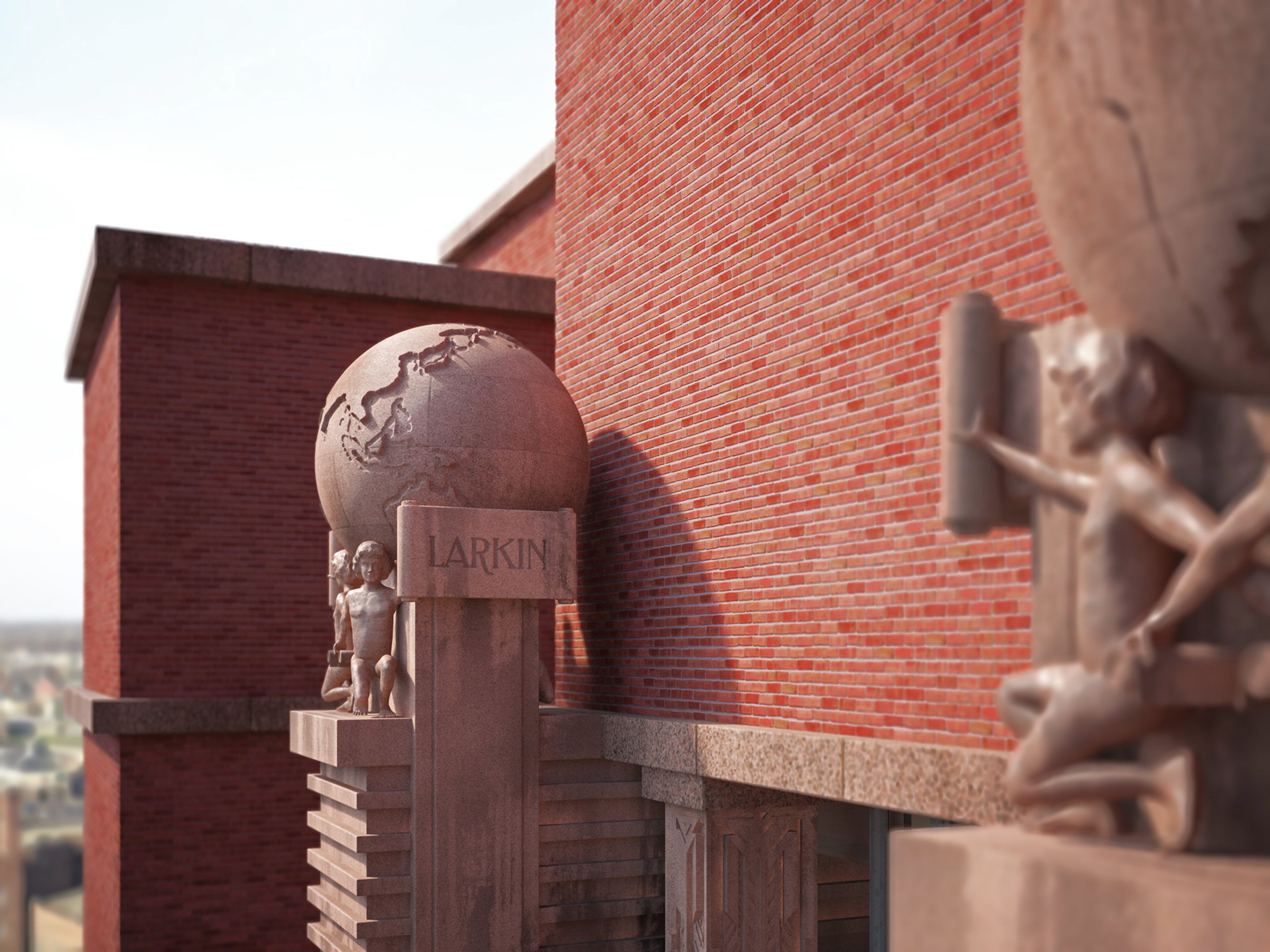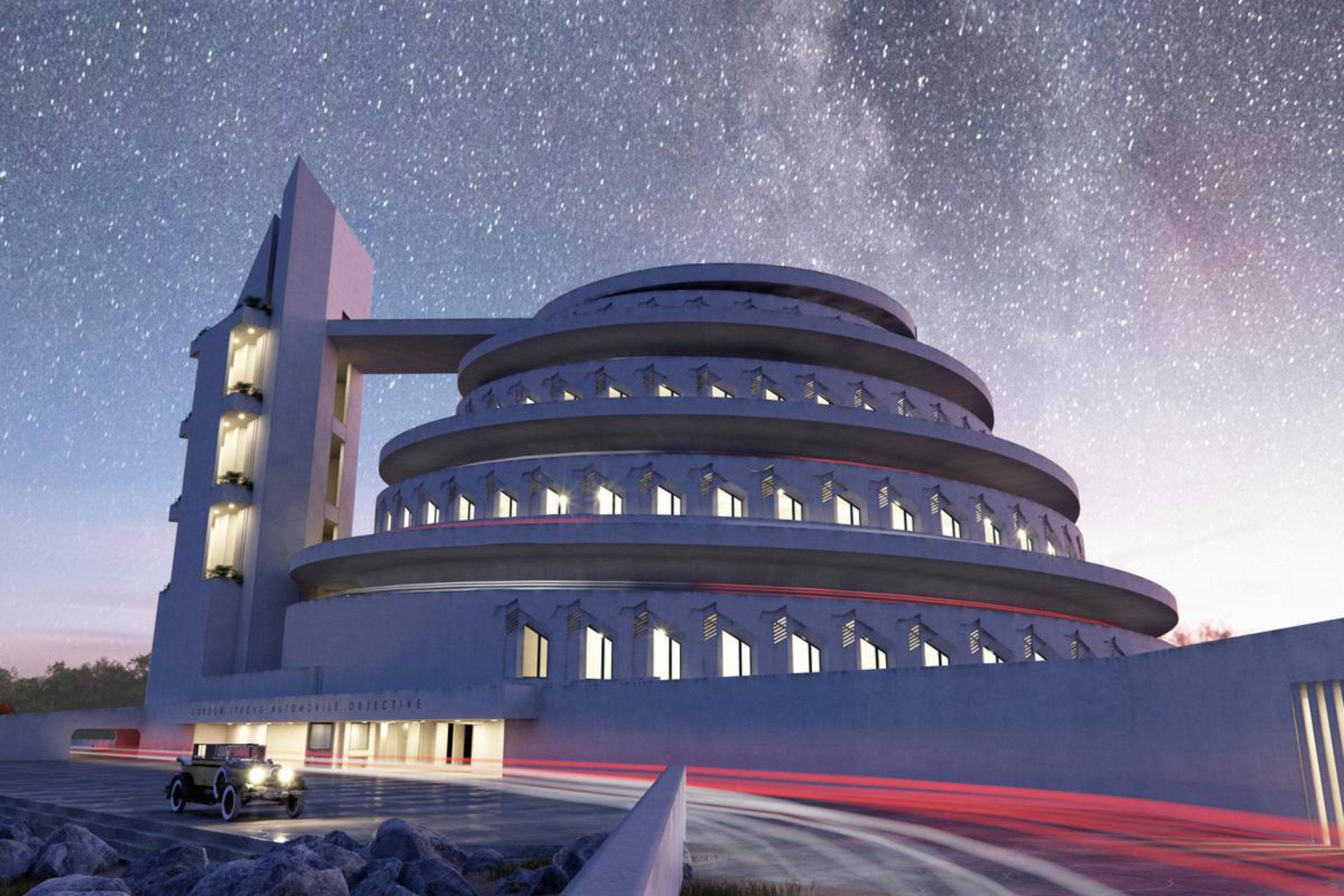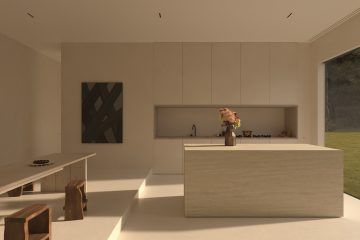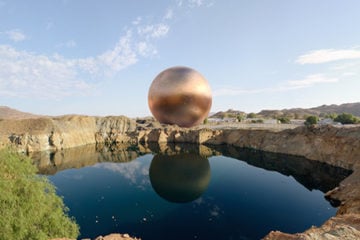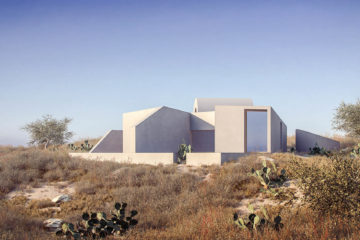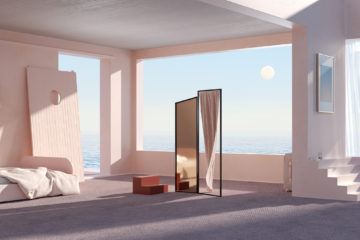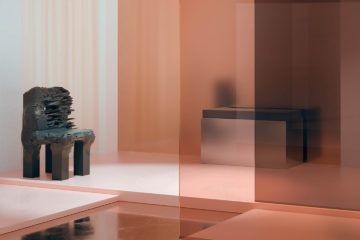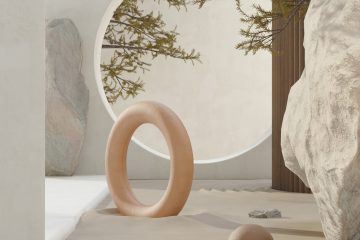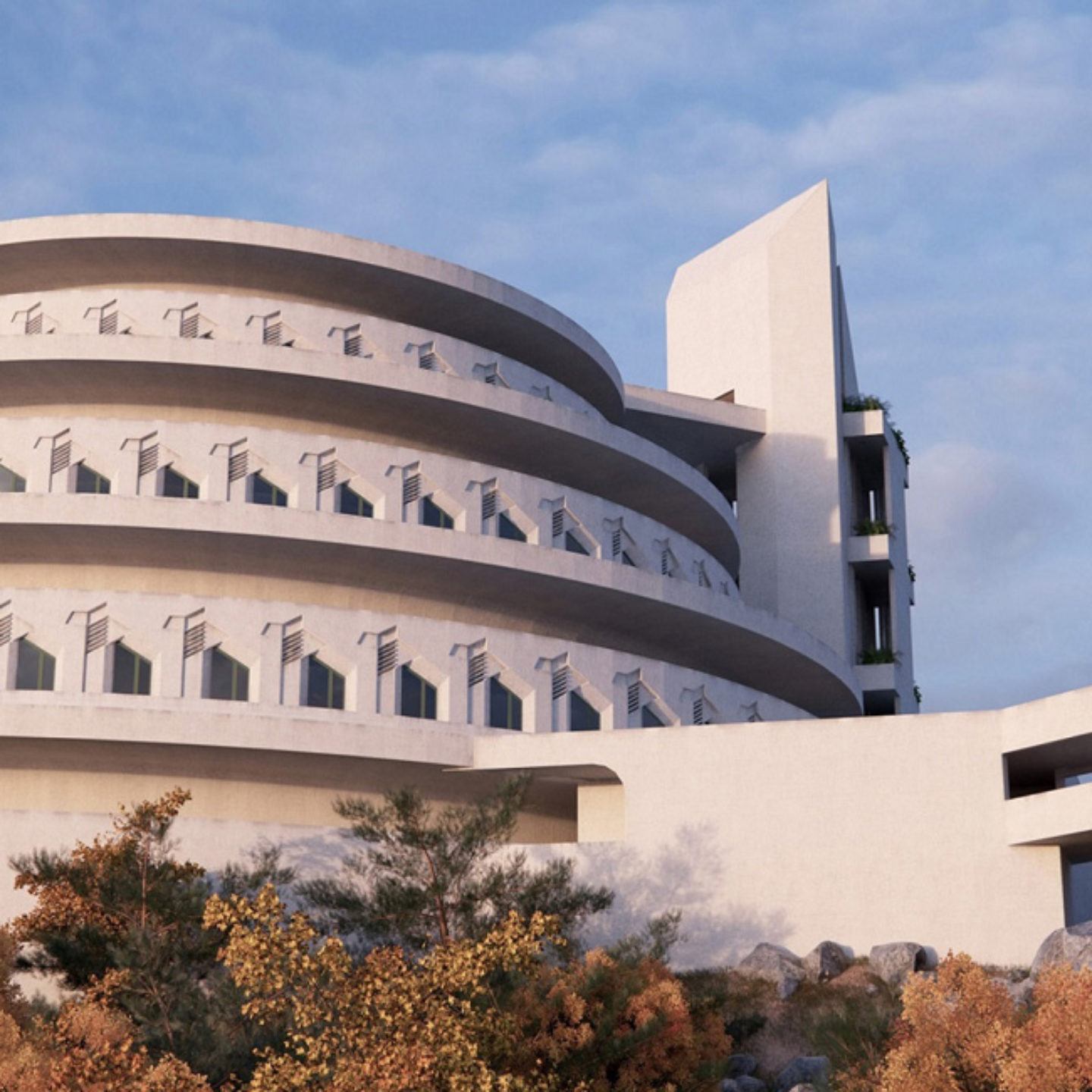
Meet David Romero, The Architect Resurrecting The Lost Works Of Frank Lloyd Wright
- Name
- David Romero
- Images
- David Romero
- Words
- Rosie Flanagan
Frank Lloyd Wright is undoubtedly one of the most—if not the most—famous architects in American history. Prolific though his output was, many of his greatest works were lost; until now.
Spanish architect David Romero first came into contact with Frank Lloyd Wright whilst studying at university. Since then, his fascination with the architect has found form in ‘Hooked On The Past’: hyperreal three-dimensional renderings of unbuilt and demolished Frank Lloyd Wright buildings. From original plans and photographs, Romero meticulously reproduces the buildings using the programs Autocad, Autodesk 3ds Max, and Photoshop. These three-dimensional renders allow us to enter architectural spaces that would otherwise not exist. We spoke to Romero about the necessity of preserving the past, his work with the Frank Lloyd Wright Foundation and just how he creates such hyperreal spaces.
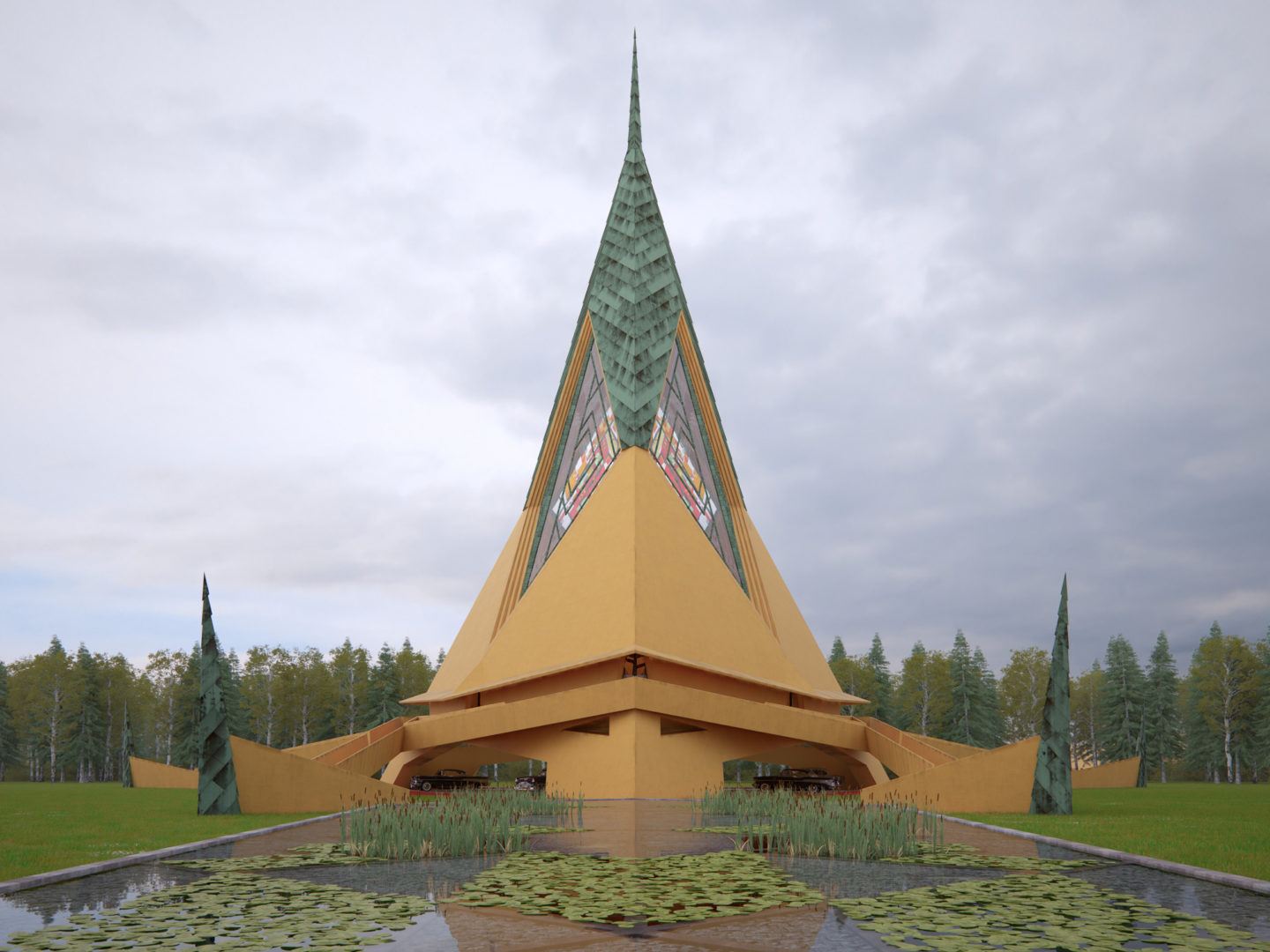
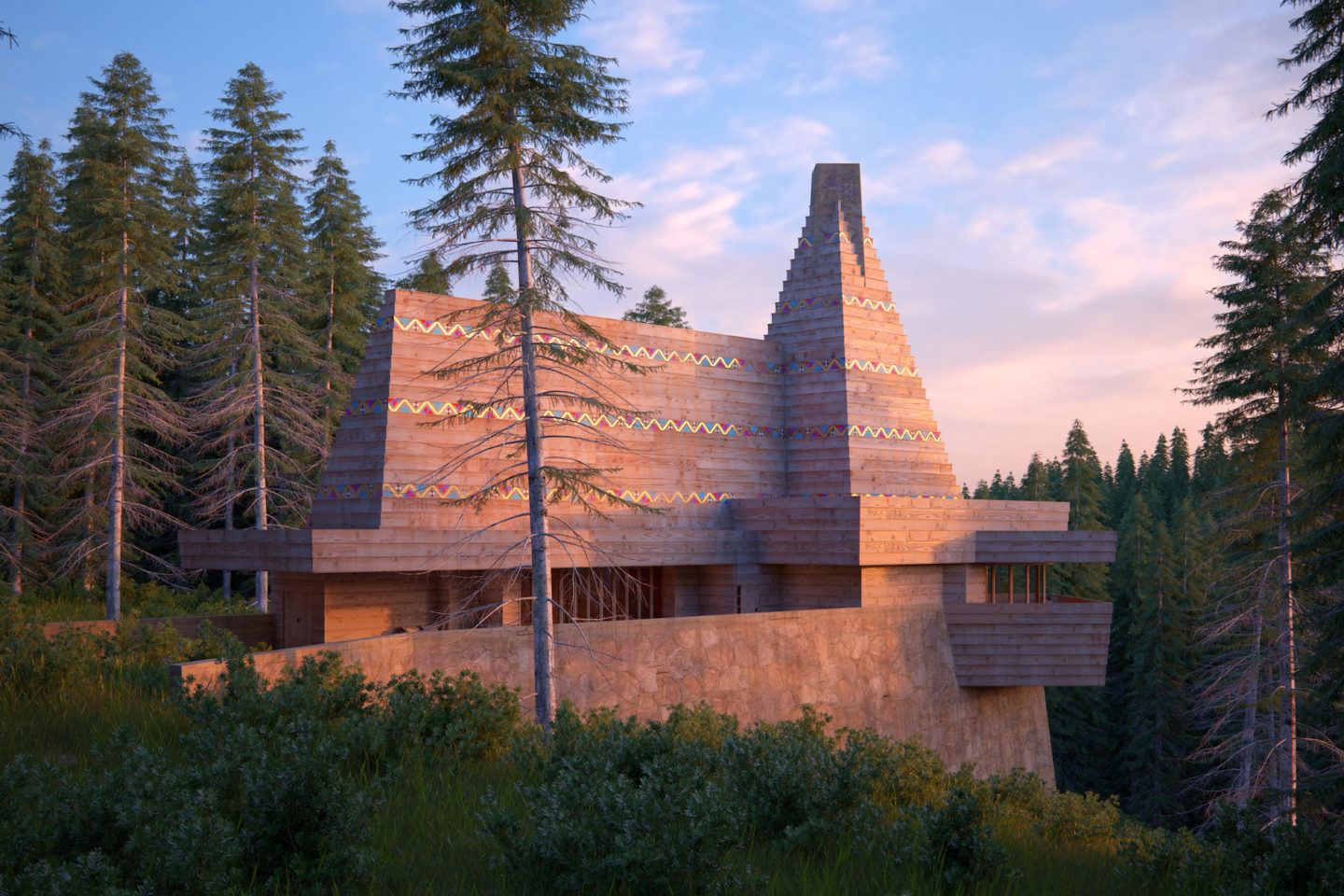
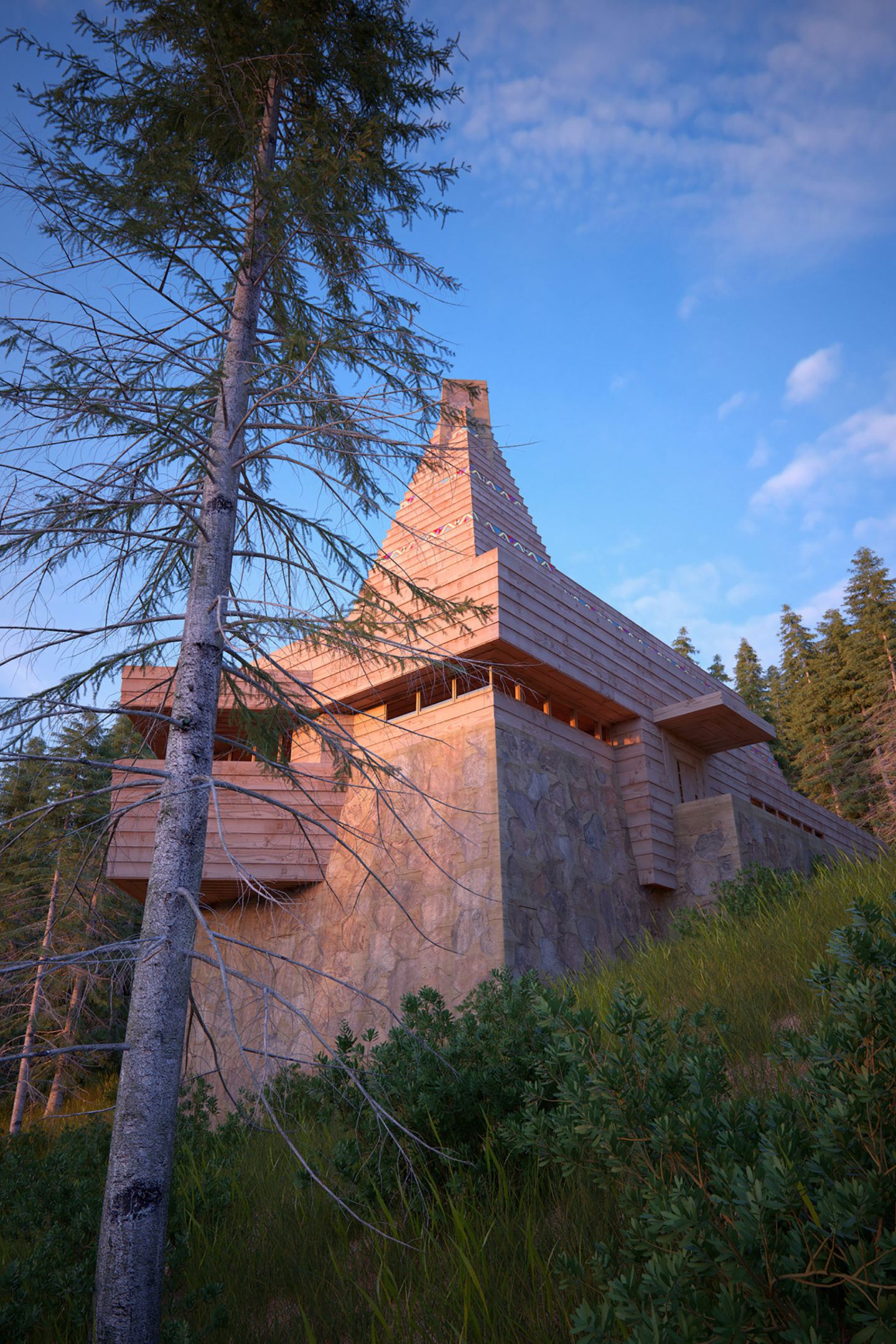
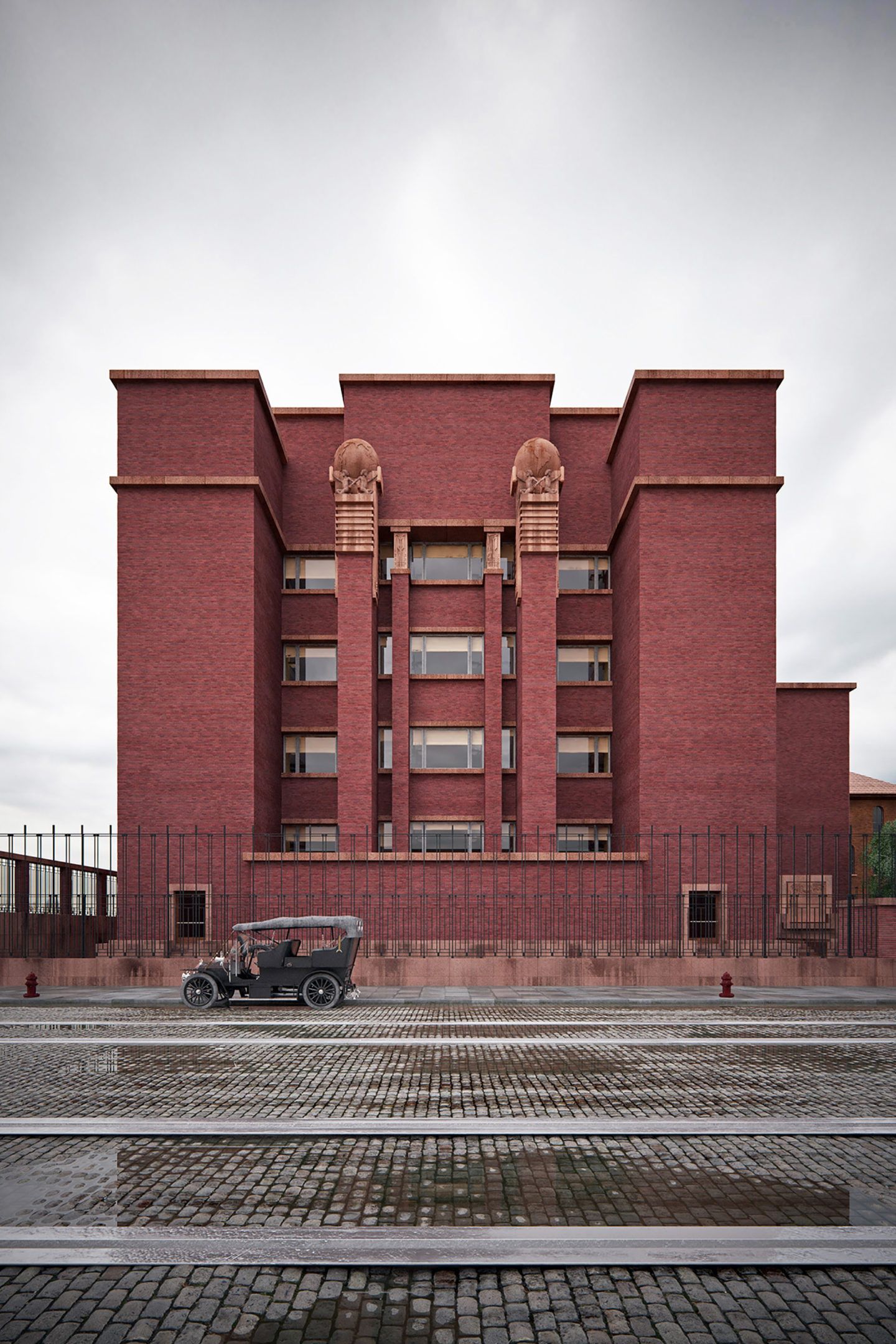
When did you first become interested in the work of Frank Lloyd Wright?
Leaving aside ‘Fallingwater’ that, like everyone else, I already knew, it was really during my university days when I came in contact with the work of Frank Lloyd Wright and when I was fascinated by the color, the formal complexity, and the exquisite decoration that Wright designed for each of his buildings.
How did your project begin?
It started as a personal project related to the learning of new techniques of representation and architectural modeling. As Wright is one of my favorite architects, I decided to model the Pauson house also as a hobby, and as I advanced I realized the potential that such a project had when analyzing and showing the works of the past.
What is the process for creating these incredibly detailed renderings?
First, I look for Wright’s original drawings. In the case of Gordon Strong I have been fortunate to collaborate with the Frank Lloyd Wright Foundation and therefore I have had access to all the material produced by Wright. Starting from this material, I make a three-dimensional model in Autocad, and export it to 3dsMax.
It is in this software that I add the textures, the lighting, all the vegetation and other models that I have bought as for example the vintage cars. Next I choose the points of view that I want to show and I do the renderings, and finally, there is a small amount of editing in Photoshop.
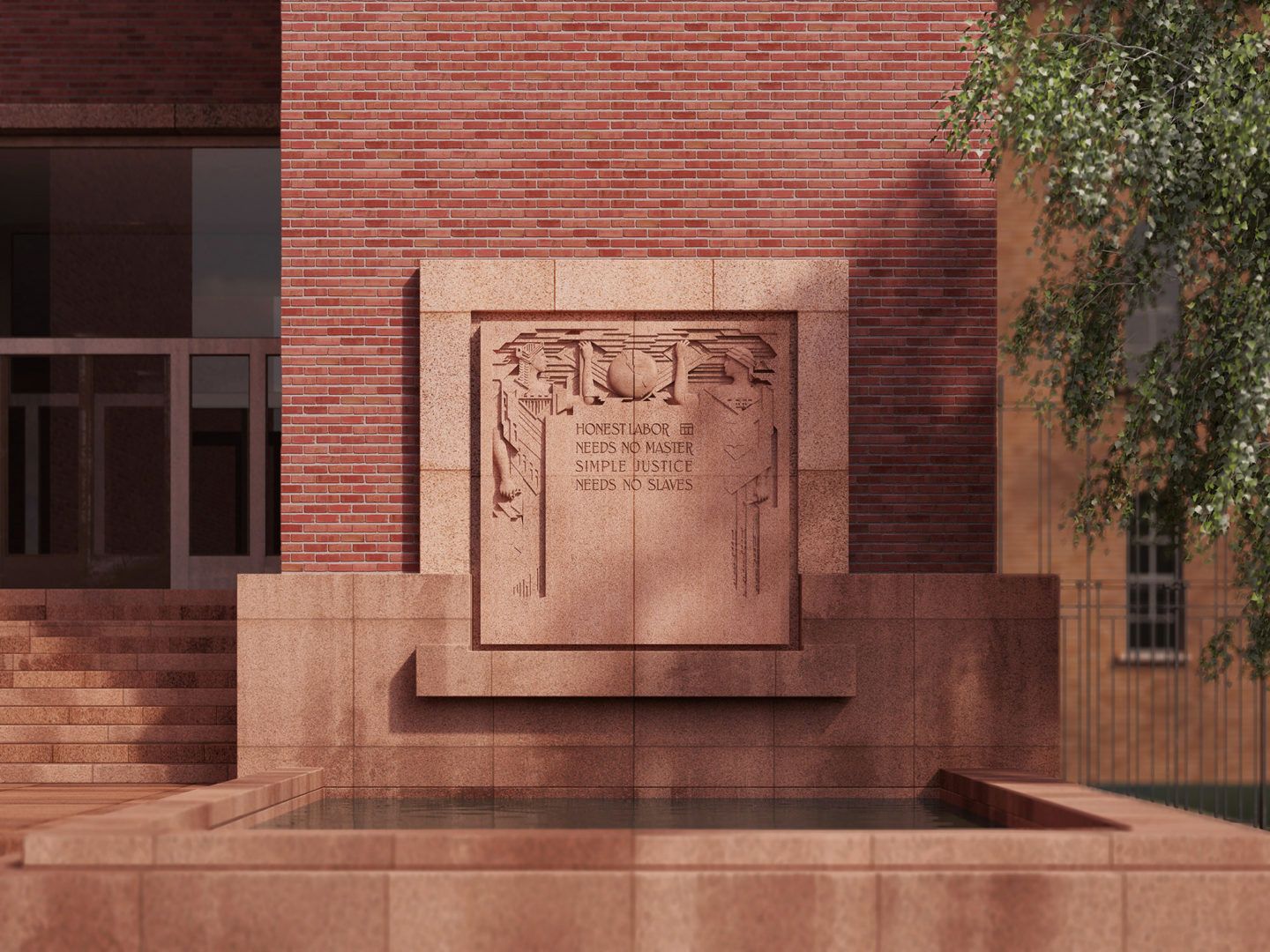
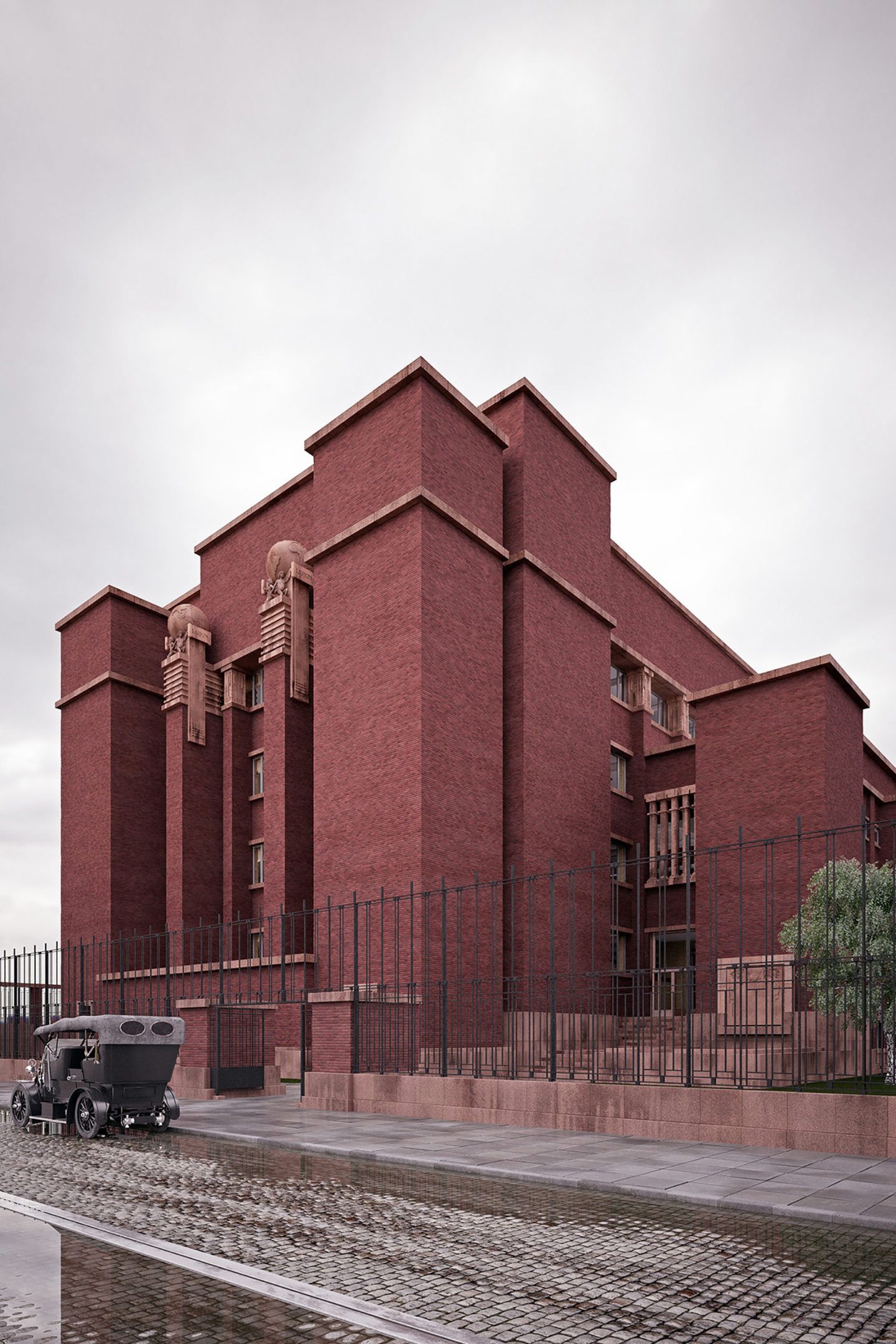
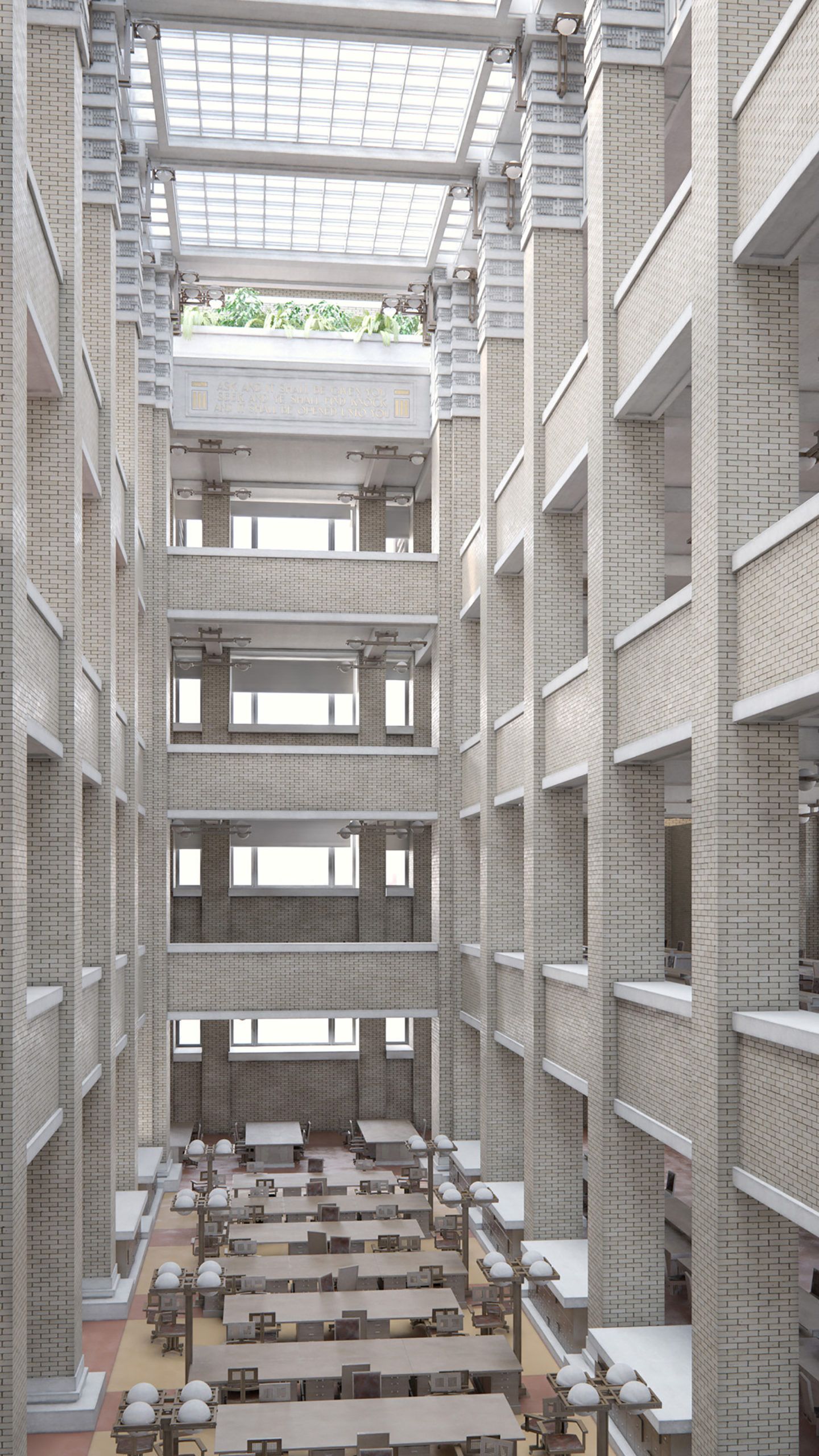
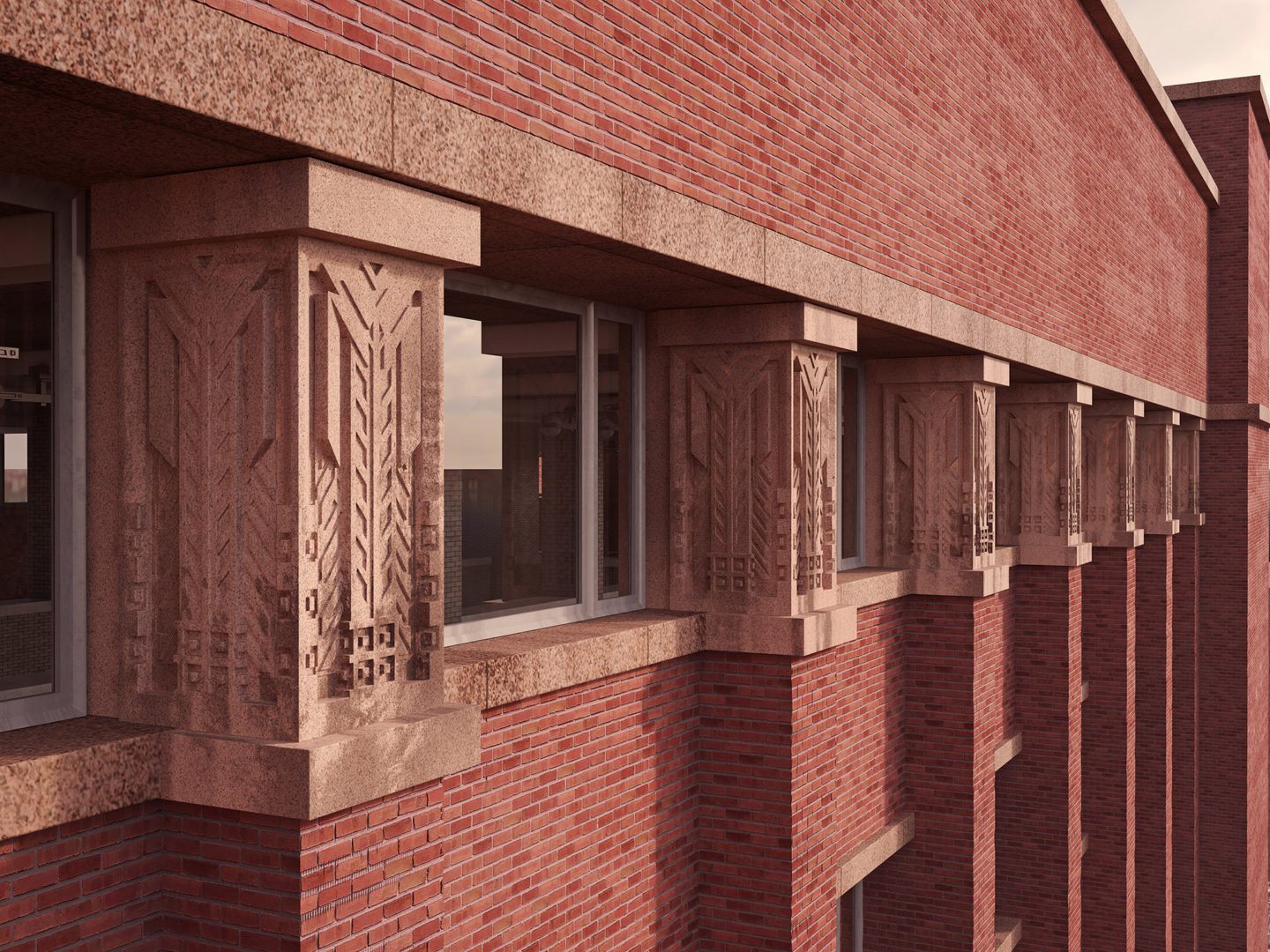
In recreating sites that no longer exist, your work does—in a way—preserve Frank Lloyd Wright’s work. What do you think of planned (physical) resurrections of his work?
The biggest problem facing the physical resurrection of the architecture of the past is having to deal with modern regulations, and with the fact that the original site is not available in many cases. Personally, I am in favor, although it is a controversial issue and many architects and historians do not like the idea very much. It’s funny, but for this same reason, when I started my project I thought that some people would not like the idea to see virtually the architecture of the past—but the truth is that I have only read positive reviews. As technology advances in the field of image and virtual reality, digital models are an increasingly useful alternative and I believe that it is also beautiful.
Why do you think it is important for us to look at architectural history so closely?
It is important because it gives us information about works that are key in the history of modern architecture. If I myself serve as an example, Wright has been very important in my education as an architect. But also those images that look like photographs have for me, and for many other people who have let me know this, a strong emotional impact.
If you could resurrect one building, which would it be, and why?
If I had to choose just one, it would undoubtedly be the Larkin Administration Building. This building was seminal in the design of many aspects that later have been widely used in the design of offices, such as open floor plans, but above all it was a great building, a temple dedicated to work and it would be very exciting to visit it today.
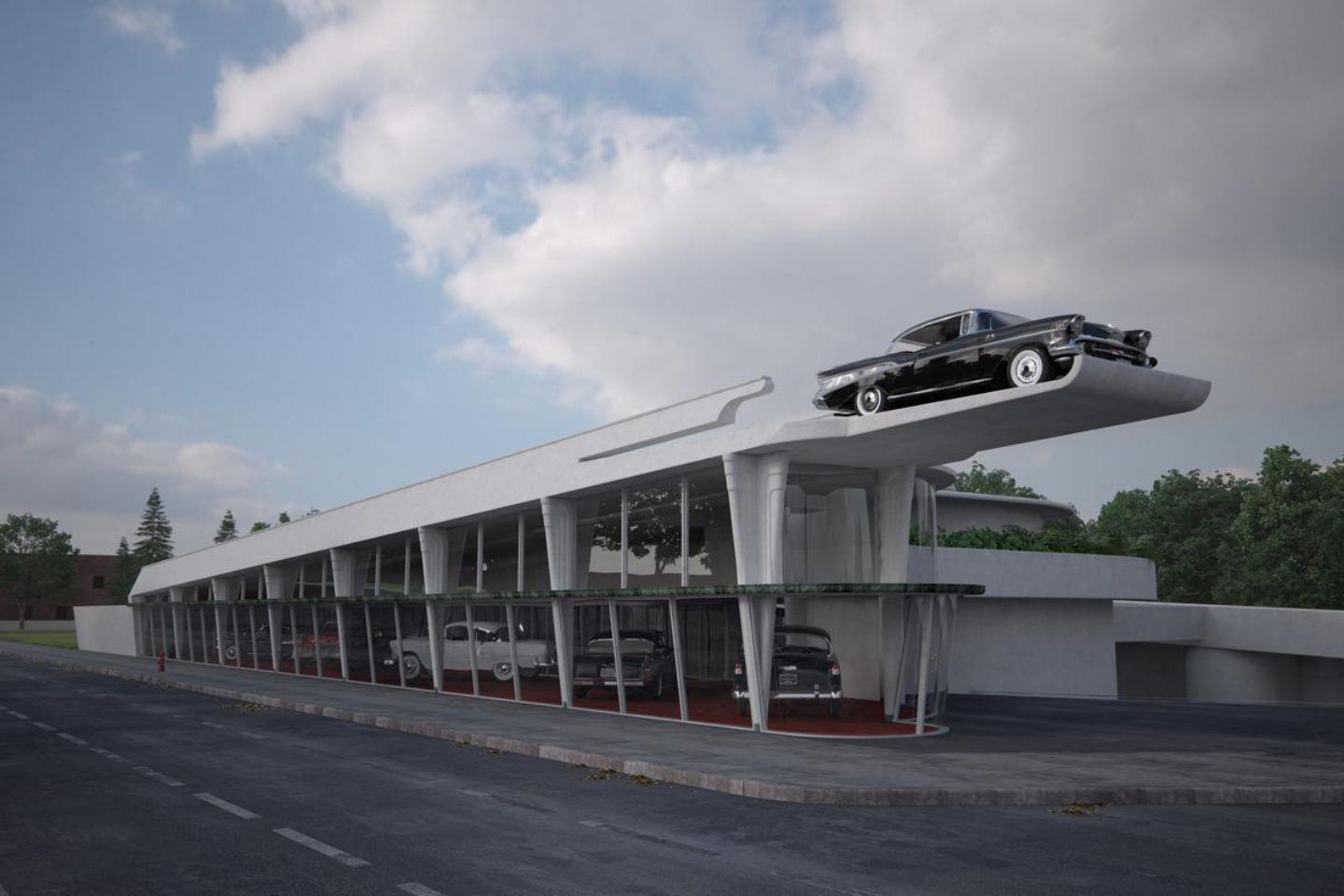
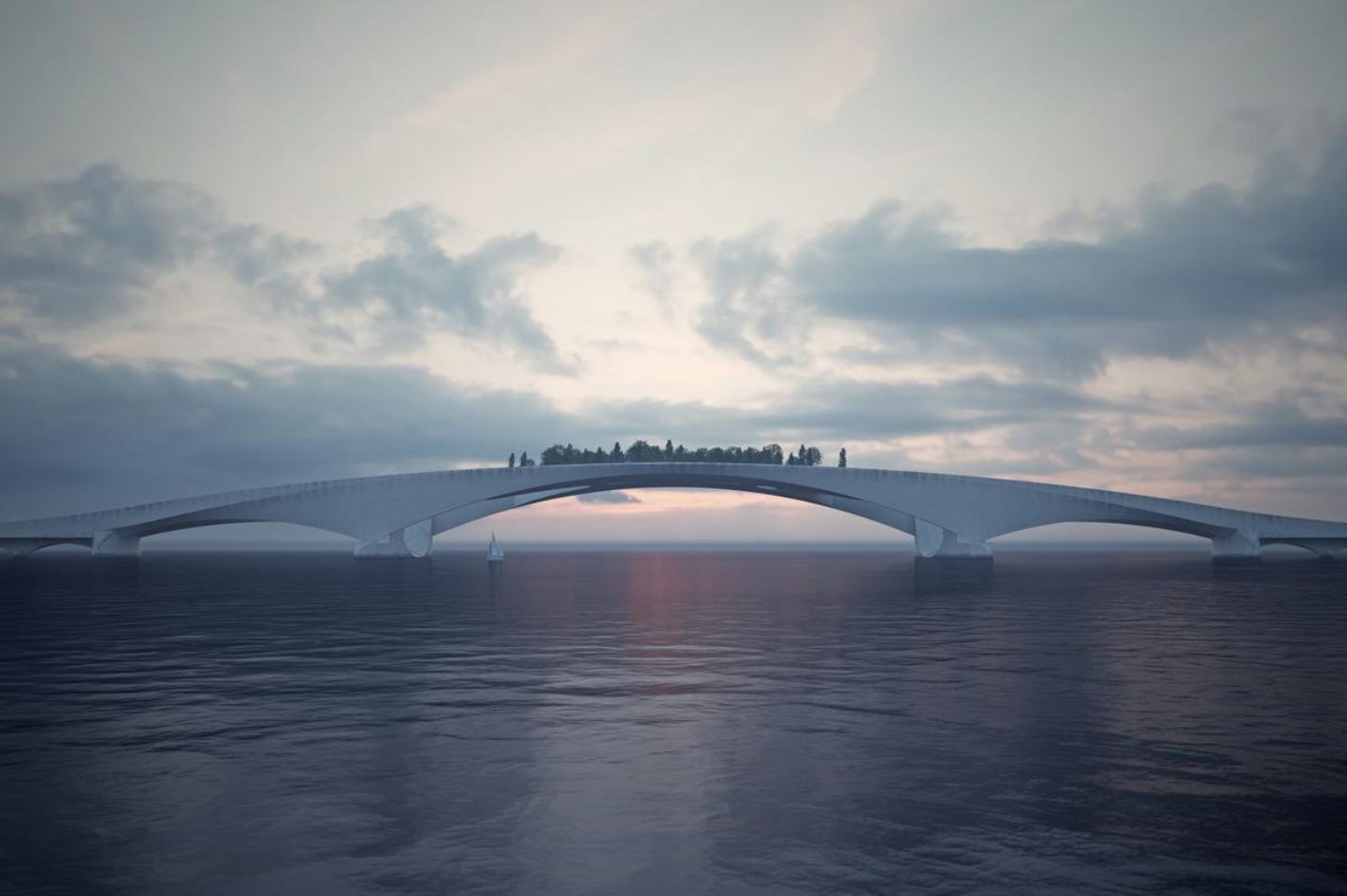
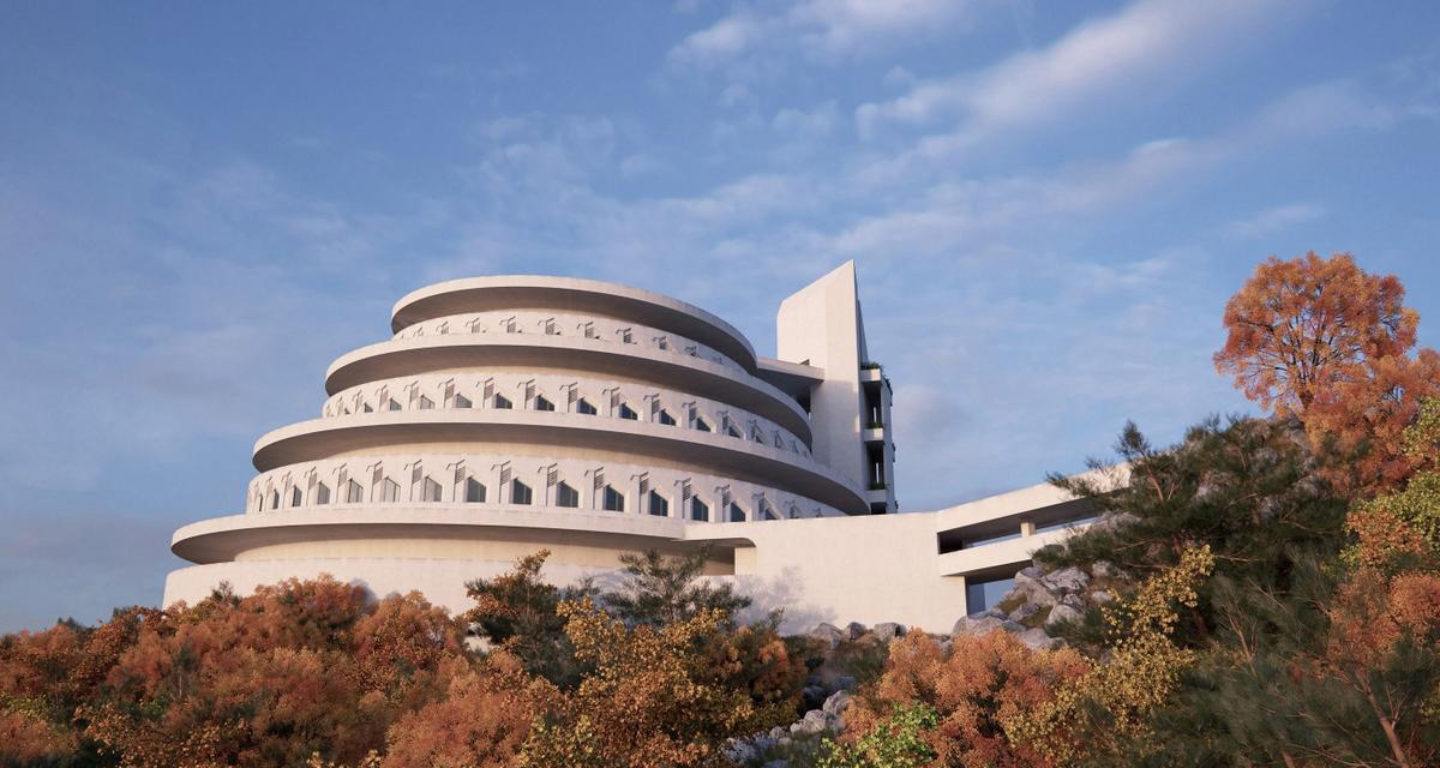
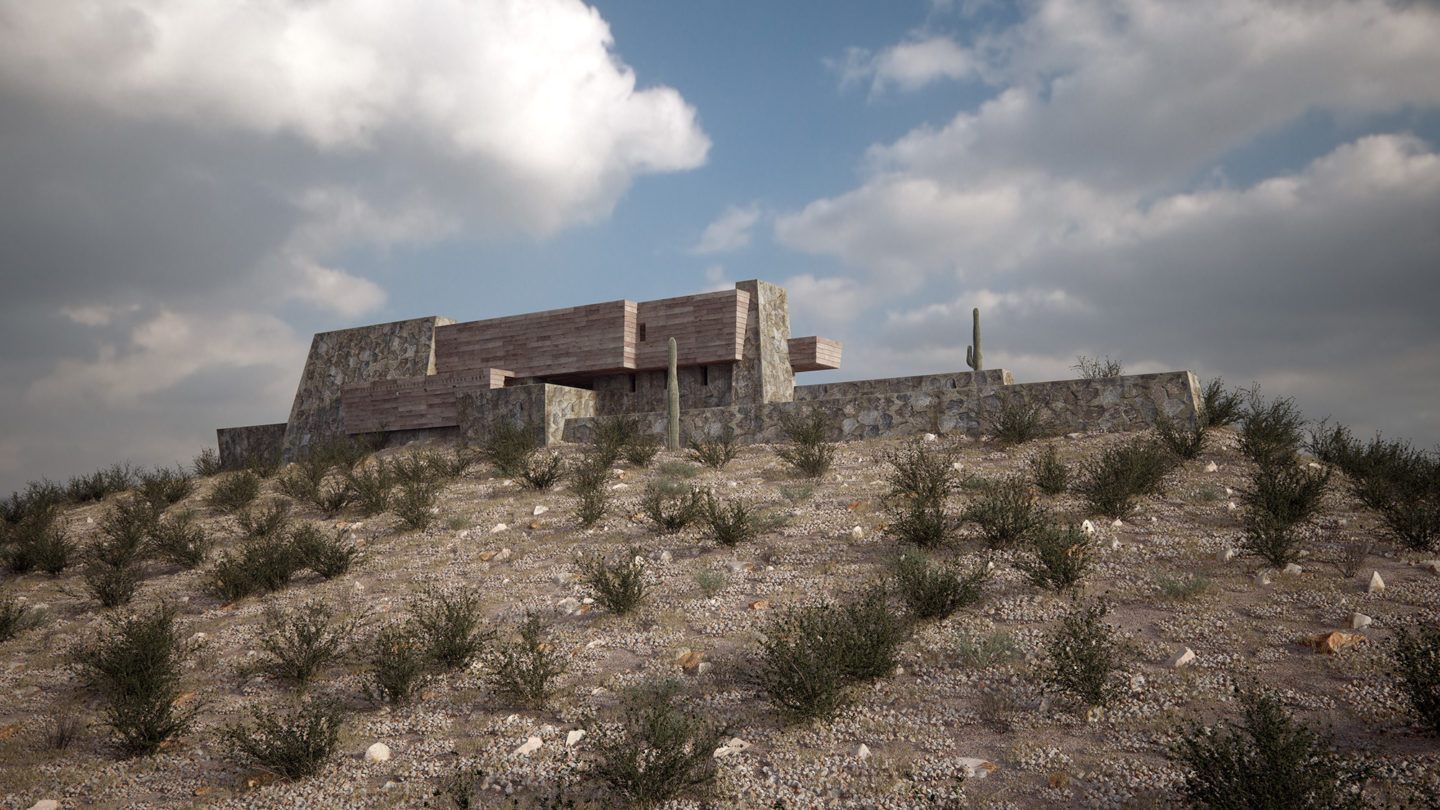
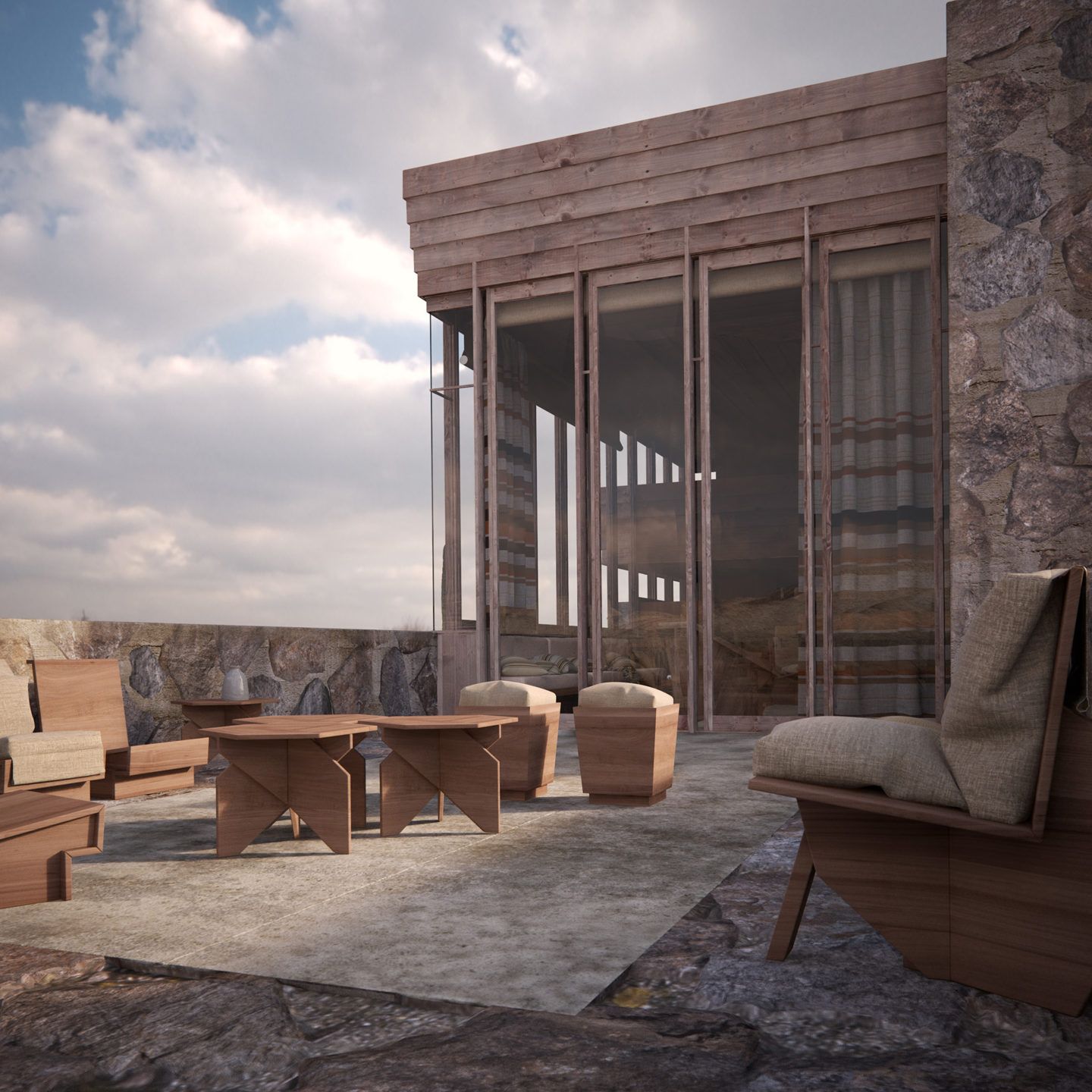
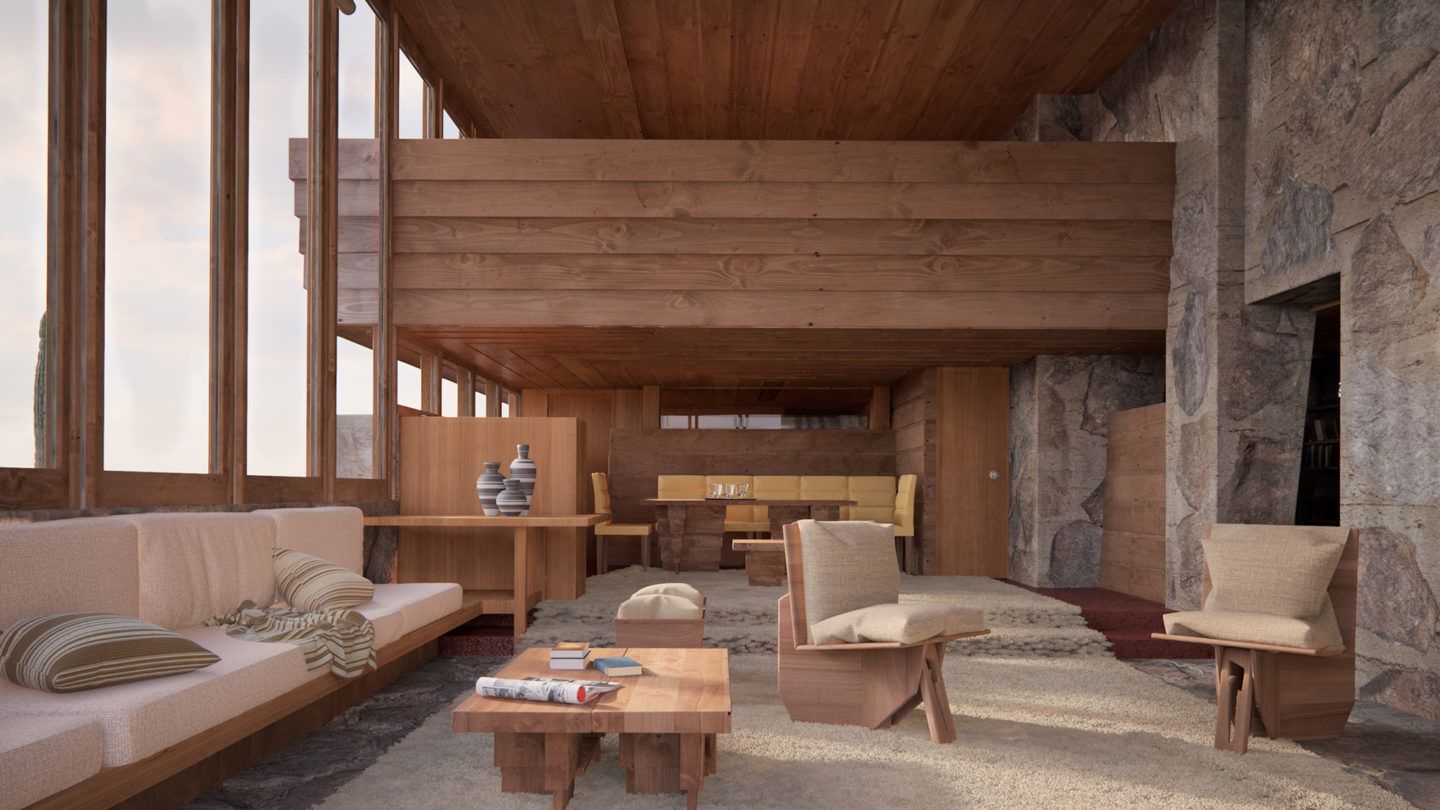
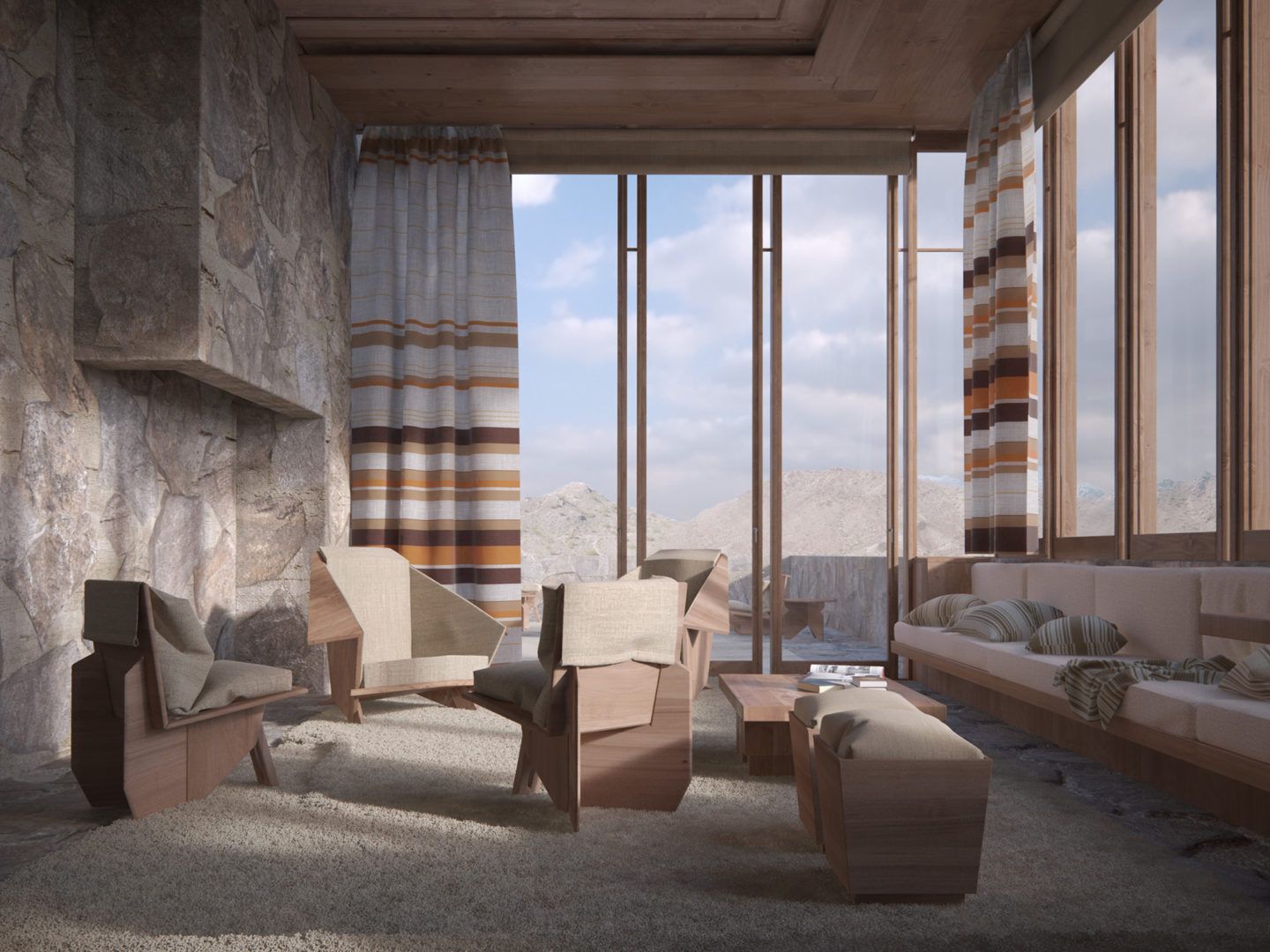
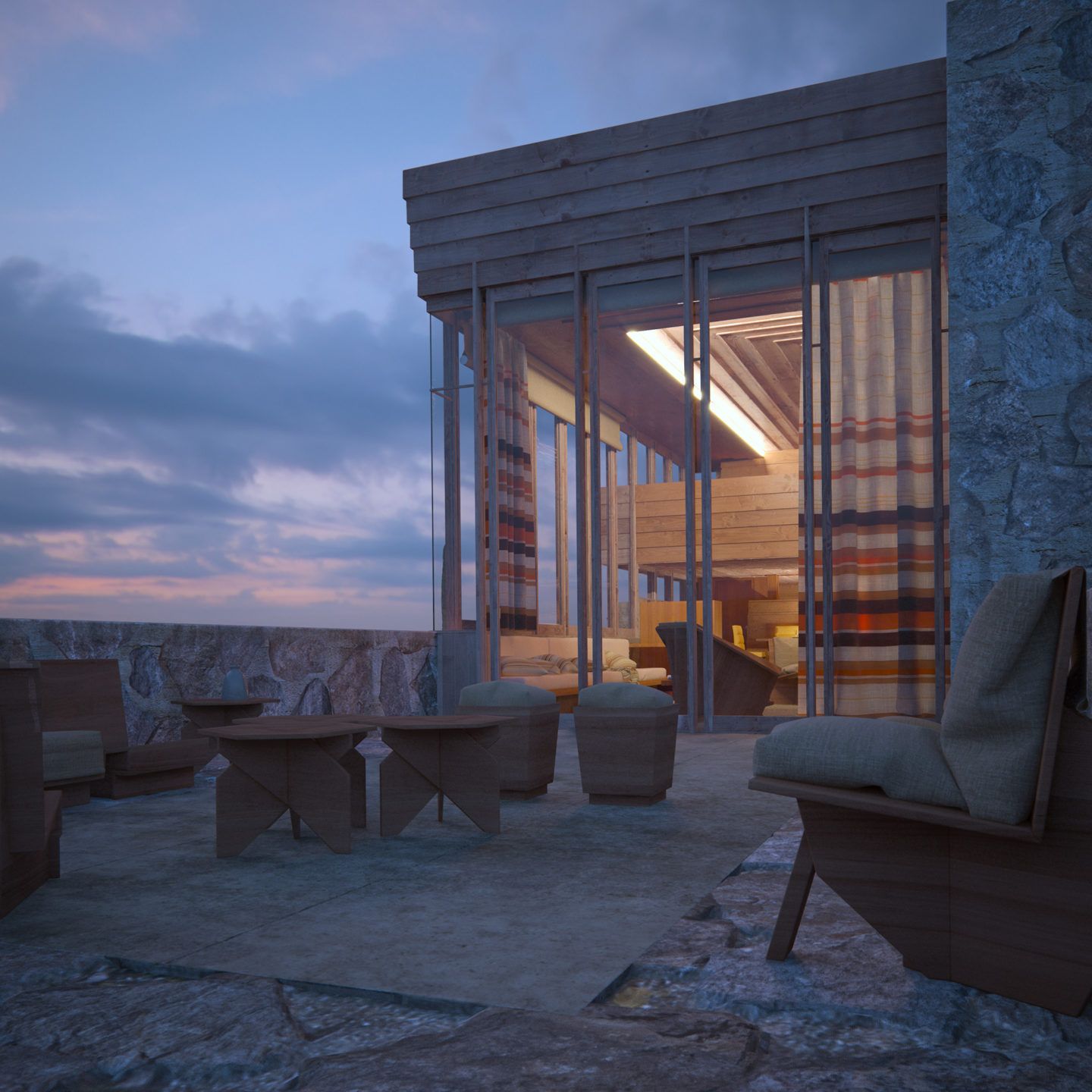
All images © David Romero
